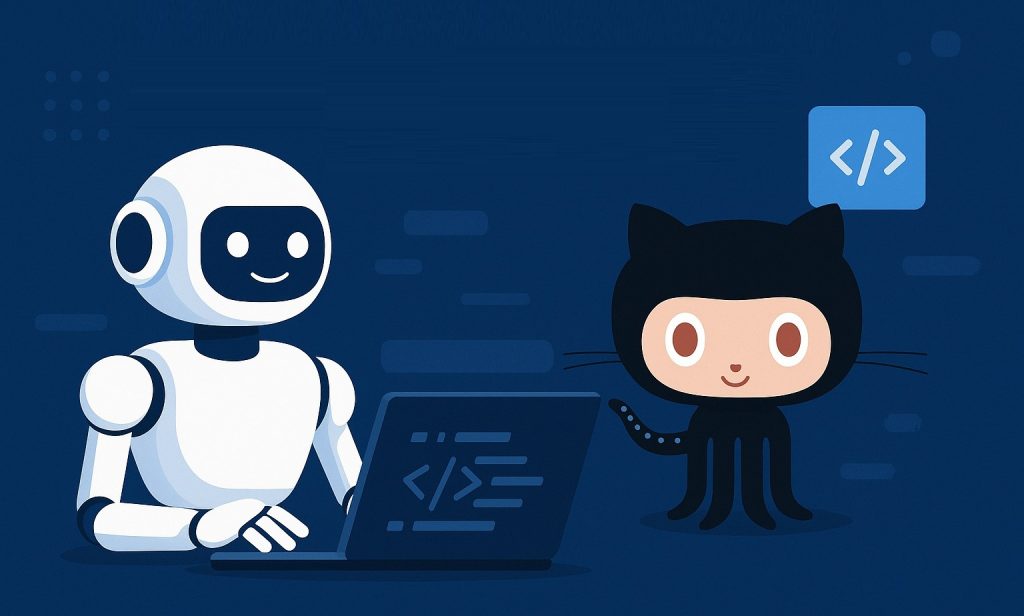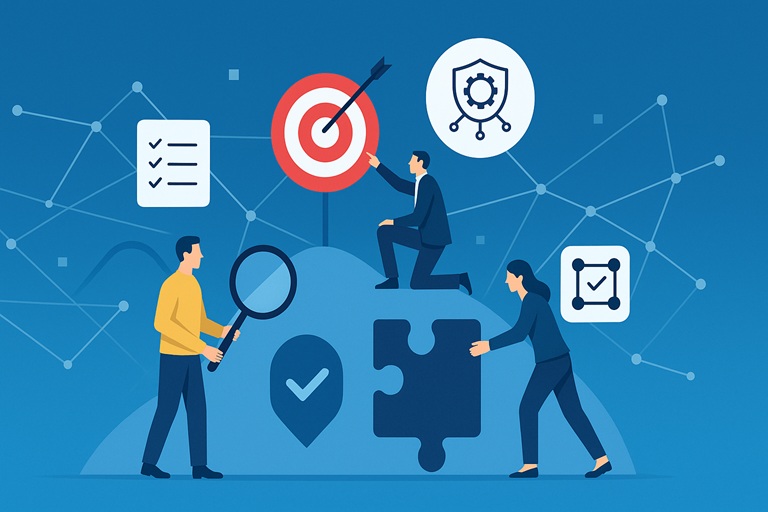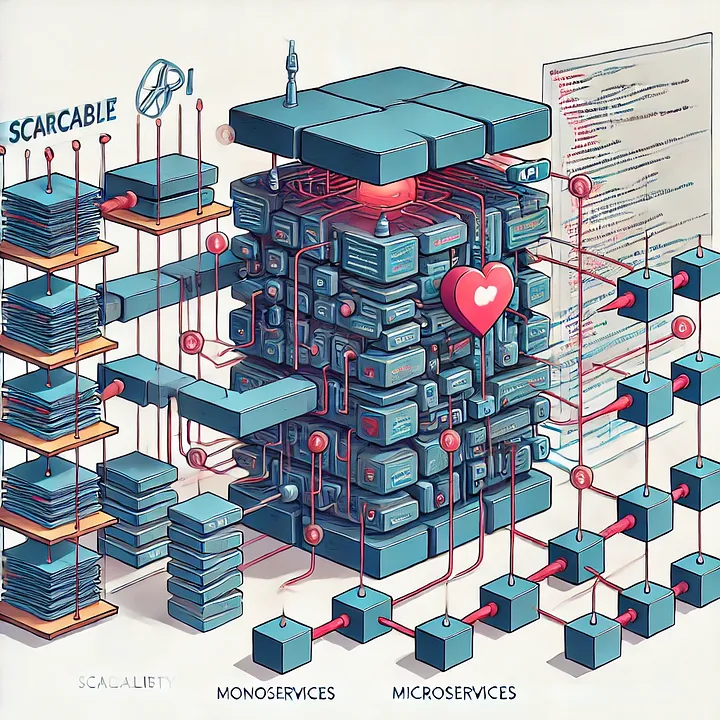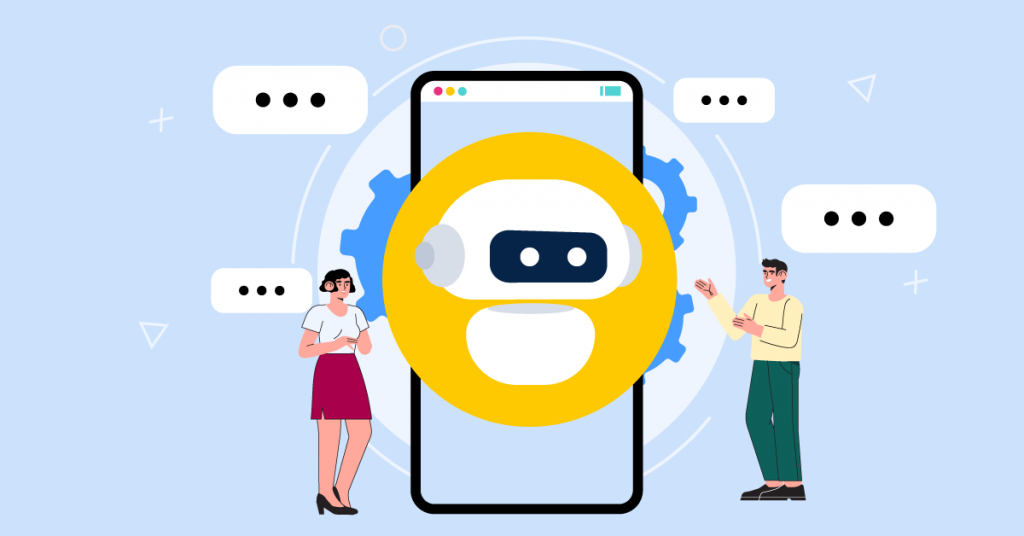
AI-powered chatbots use machine learning algorithms and natural language processing (NLP) to interact with users in a way that simulates a conversation with a human. These bots can be designed to perform a wide range of tasks, such as answering customer queries, providing personalized recommendations, automating repetitive tasks, and more.
Here are the general steps in how an AI-powered chatbot functions:
- Data collection: The bot gathers data from various sources, such as user input, databases, or external APIs.
- Preprocessing: The bot preprocesses the data to extract relevant information and transform it into a structured format that the machine learning model can understand.
- Natural language processing: The bot uses NLP to understand the user’s input and extract the intent and context of the conversation.
- Machine learning: The bot uses machine learning algorithms to analyze the input and generate a response based on the user’s intent and the context of the conversation.
- Output generation: The bot generates a response and sends it back to the user.
- Learning and improvement: The bot continuously learns and improves its performance over time by analyzing the feedback from users and making adjustments to its machine learning model.
Overall, AI-powered chatbots use a combination of data processing, NLP, machine learning, and feedback loops to provide a seamless and personalized user experience.
… Pretty good intro, huh? But yeah, probably it’s time to come clean:
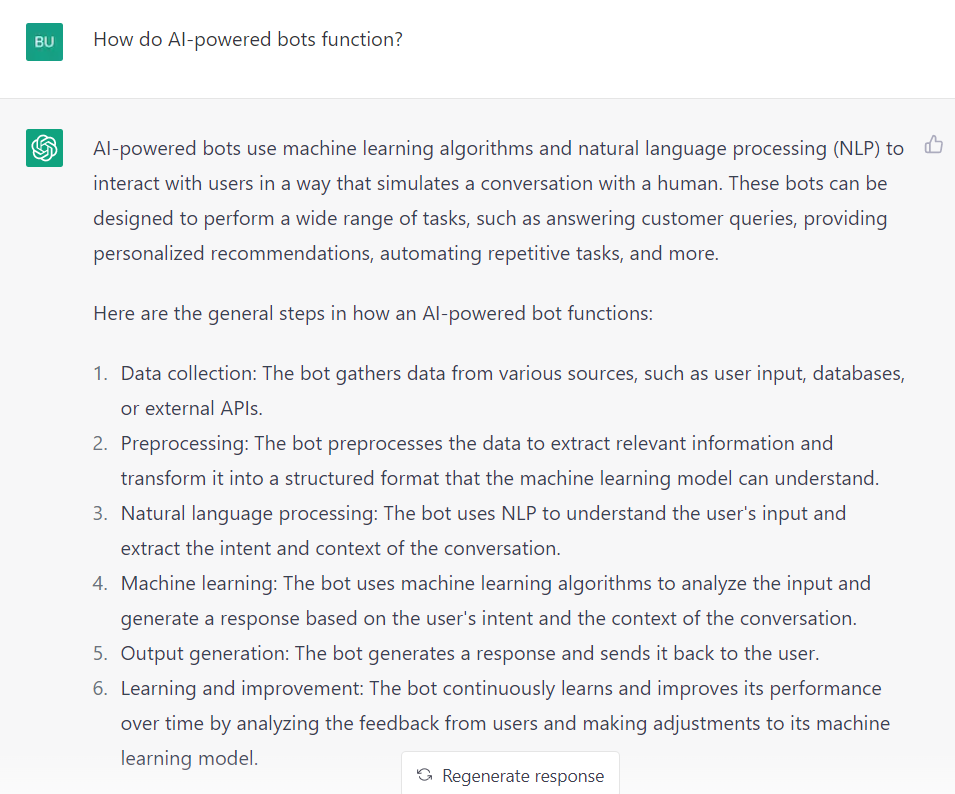
How does “XYZ” function is exactly the kind of question that new AI-powered chatbots are exceptionally well built to handle. Where normal search functions like Google can at best spit out links to Wikipedia-type articles, bots like ChatGPT (which is what we used above) can tell you the answer in just about any level of detail that you desire. In short, modern bots are probably the best devices ever created at answering basic questions. So let’s get back to the original question and answer how exactly they work, and why they can answer just about any single question.
How do they work?
So obviously the first thing that Chatbots have access to is, like a Google Search function, they can read essentially everything ever written (literally hundreds of billions of words) and tap into that knowledge base at the drop of a hat.
From there, it works a little like predictive text on your phone. It can collate those words to predict what the next word, and the next word, and the next word should be when given a specific prompt. It does this using a model of statistical probability of what the most likely set of words is. But that would only get you so far, as anyone who’s used the predictive next on their phone would know.
What separates modern AI chatbots is that they have been fed a huge number of questions by human trainers, and then had those answers ranked and guided into better and more finetuned responses. What this really helped the chatbots do is understand what answer the question was aiming at more than simple predictive words. From there, the human guidance helped chatbots frame the answers in a more natural way, one that both fit the question and also fit standard response patterns. What you end up with is the ability of these bots to write comprehensible and comprehensive answers to just about any question you can possibly think of.
What industries will they replace?
This is all very exciting and the possibilities of AI that can answer or write anything practically boggles the mind. Here are a few industries that promise to change completely in the future with the advent of this kind of AI.
- Healthcare
Current healthcare is exclusively reactive, if it’s anything at all. You go to the doctor only when you’re sick, not if you think you might get sick next week. AI can comb through billions of data points per second, and allow doctors to predict what might happen to you based on a number of different factors only detectable by AI with access to mass amounts of data. Chatbots can also replace the function of nurses by acquiring initial symptoms and either referring patients to doctors, or by determining a simple solution and saving time for both doctors and patients. AI can also predict trends in science and medical discovery and help us discover cures we’re already on the way to before even we’ve seen the light at the end of the tunnel.
- The Legal Profession
Lawyers may essentially be a thing of the past. Regardless of how much they memorize at law school, no lawyer will ever accumulate as comprehensive an understanding of the law as AI will, or be able to refer to obscure laws as quickly. And now that AI can analyze and spit out tight legal arguments, essentially ever piece of expertise that we rely on lawyers for is replaceable.
- Customer Service and Experience
Similar to lawyers, customer service representatives need to know all the rules of the company they work for and be able to explain those to customers as they relate to a customer’s specific issue. Again, there is no human alive better equipped to handle this task than a chatbot who can cater their answers to each customer’s issue while accessing billions of data points relevant to their case.
- Education
Teachers are somewhat understandably panicked about the idea that kids’ essays can now be simply written up by AI in completely undetectable ways. What this means is that learning the skill of writing must now essentially be done in-class to ensure students actually do their own work, and it also means that out-of-class writing must focus more on analysis than rote gurgitation, as AI can handle that function as well as any student.
- Financial Services
We’ll go a little deeper in this one than the other issues because of just how revolutionary chatbots promise to be for the financial services industry. But at least we can get the easy stuff out of the way first: lots of the financial industry involves issues we’ve already discussed above. Customer services and bank tellers are critical parts of the banking industry that customers use on a day-to-day basis, and that can easily be a thing of the past.
Similarly, investment banking and merger/acquisition expertise is a highly specialized field of banking, requiring years of knowledge and experience that now AI can simply handle more easily than any human being could. AI can provide both the legal side and the financial side of how to break down complex deals, all without any of the risk that we error-prone human beings possess.
AI can also help predict which customers will be most valuable to banks, and which banking services will be most helpful to each customer. They can pore through mountains of data to determine which customers are more or less likely to default on loans, and operate on a predictive basis for each case. This means they can help both in acquiring and retaining valuable customers for longer using predictive measures and automatically offering services customers would like to take advantage of.
Speaking of the automatic side of financial services, all payments can be automated as AI reads each situation for you. This means that you can park your car and walk to work without even looking at your phone, which has deduced where you parked and the price of parking there and paid for you automatically. On both the customer side and the bank side, simple transactions can be made automatic and trustworthy by an AI that tells you what it’s doing, and then can perform the task perfectly for you.
What CAN’T they do
Ok this is where we pump the brakes just a bit. If you read any news stories about chatbots, it’s full of sci-fi induced worries about AI essentially replacing humans and taking over the world. This is both silly apocalyptic thinking from people who have read too much Arthur C. Clarke (or perhaps read too many bad, chatbot-like summaries of more complex Arthur C. Clarke stories), but also fundamentally misunderstands what AI is. It’s still just a tool, no different than any other technological advancement.
Throughout human history, technology has meant that certain jobs become obsolete, new jobs emerge, and more efficient ways of doing some tasks leads to a range of new tasks that are required. To simplify enormously complex sociological processes: where once candle-making was a booming field, now electricians are highly skilled and highly paid.
AI is both nothing more than the result of a sum of inputs from humans and also is itself unthinking and unfeeling. If you ask it how to sous vide a steak, it will tell you. If you ask it how to crack an egg without getting bits of shell inside the bowl, but it has no idea what it means to taste a good steak, or the frustration of getting bits of eggshell in your food to fish out, or anything at all. AI can tell you everything, but like John Snow, it knows nothing. It’s simply regurgitating what it found on the internet, it has no inherent senses of any sort.
Which gets to another issue: not all things on the internet are good or valuable source material, and chatbots aren’t always great at distinguishing between predictions, guesses, and facts. “Hallucinations” are very common with AI. One common example is that if you ask AI to give you a biography of a made up person with just a few facts added for convenience (say, “Could you tell me about the life of Dutch Liverpool legend Johnny Fuutball?”). AI sometimes confidently makes up facts based on predictive text or predictive analysis of similar such data. This is in part largely because even AI’s correct answers are just incredibly highly educated guesses based on the data set it references. Again, it is never capable of knowing anything in any sense of knowledge that we’d recognize.
Anahtar Çıkarımlar
Bots are taking over our lives incredibly quickly. ChatGPT, Bing’s Chatbot, Google’s Bard, China’s Baidu-based chatbot – all of these will soon be as much a part of our lives as search engines are. They’ll disrupt and change every industry, and change the way our lives work. But it’s important to remember what they can and can’t do, and to try to predict the specific ways they’ll disrupt industry as well as the things that will remain the same. The ability to pore over massive data sets and spit out comprehensible answers in a matter of seconds is truly impressive, and will inevitably replace human jobs where “expertise of large data sets” was the key to the job description. But they can’t go unchecked, and there are limits to what AI can accomplish simply by reading and predicting outcomes based on large data sets. These tools are exciting and will help us perform busy-work type exercises more than any other technology since computers. But they won’t replace anything that requires actual uncertainty and analysis because instead they are perfectly suited to complementing it.
